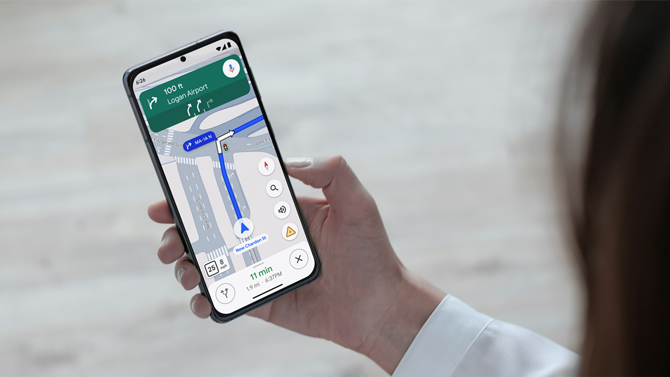Google Maps (and more recently, Waze) has guided us through countless journeys over the past nearly 20 years, evolving far beyond simple direction-giving tools. With the latest updates, Google is taking navigation to the next level by integrating Gemini AI into both platforms, while also introducing practical features that address common driving challenges.

Google Maps' new Gemini integration makes exploring unfamiliar areas more intuitive. You can now ask natural questions like "What should I do with my friends tonight in Boston?" and receive categorized suggestions for activities such as speakeasies or live music venues. The system also summarizes reviews and answers specific questions about establishments, like "Is the service good?"
This version of Gemini AI works exclusively with verified Maps data, ensuring reliable, location-specific information. In my demo, Google emphasized that these recommendations don't use personal data. Instead, they rely on public information, time context, and your specific queries. While this means you won't necessarily see curated expert recommendations, it maintains user privacy while still providing useful suggestions. These Gemini-powered features are beginning to roll out to users starting today.
Read more: New Google Maps Features Make Finding EV Charging Easier
Over at Waze, Gemini is changing how drivers report road conditions. Instead of navigating through menus of icons, drivers can now use natural language to report issues. Simply tap and say, "There's a pothole here" or "Traffic's heavy ahead." While currently limited to beta testing with trusted users, I'm eager to see this hands-free reporting system roll out more widely. Hopefully, there will be more and better reports with this safer method of contributing.
Beyond AI enhancements, Google Maps is introducing Enhanced Lane Detail – a feature I'm particularly excited about as someone who dreads those traffic patterns that require last-minute lane changes. This tool provides a clear visualization of complex intersections, showing all lanes, which lane you should be in, crosswalks, and road signs. The feature is launching in 30 major U.S. metropolitan areas, including New York, Austin, Tampa, Los Angeles, and Seattle.
When you arrive at your destination, you may still need to park; Maps now automatically illuminates your arrival point on the map, prompts you to save your parking location, and seamlessly transitions to walking directions from your parking spot to the final destination. While parking spot saving isn't new, it wasn't obvious how to do it. So, the proactive reminder is a nice touch. This feature begins worldwide rollout next week.
Read more: Get These Apps Before Your Next Road Trip
To access all the new features, ensure you have the latest version of Google Maps installed. While the rollout begins today, the availability of features may vary by region.
[Image credit: screenshots Google, phone mockup via Canva]
For the past 20+ years, Techlicious founder Suzanne Kantra has been exploring and writing about the world’s most exciting and important science and technology issues. Prior to Techlicious, Suzanne was the Technology Editor for Martha Stewart Living Omnimedia and the Senior Technology Editor for Popular Science. Suzanne has been featured on CNN, CBS, and NBC.

















